Mardi Gras and more
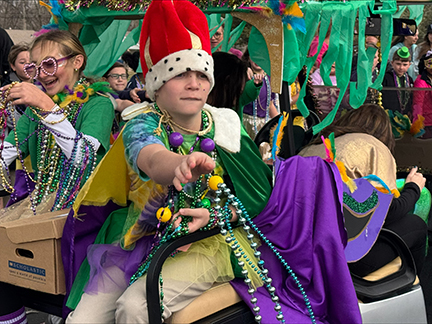
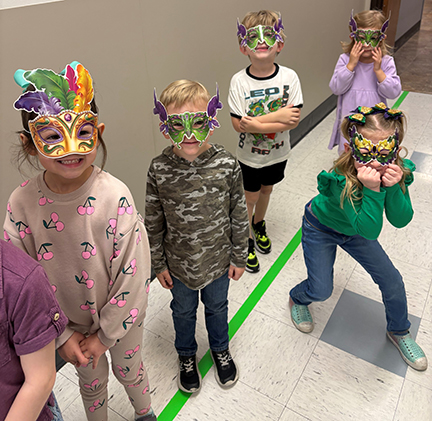
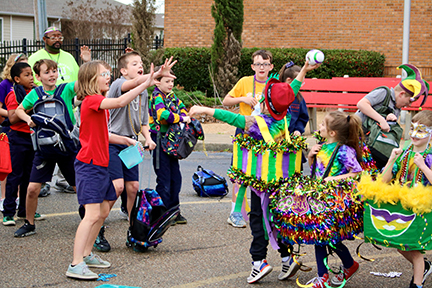
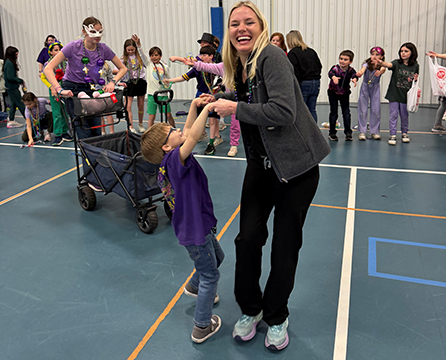
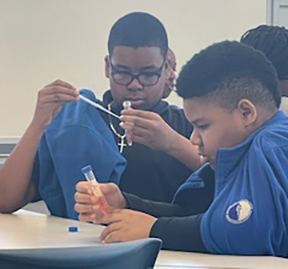
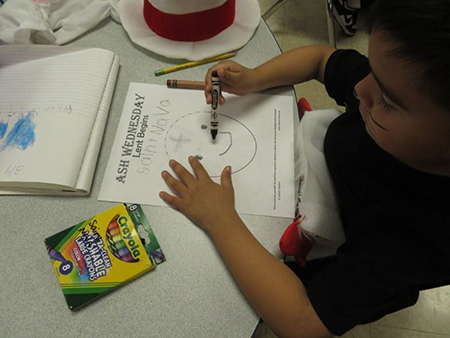
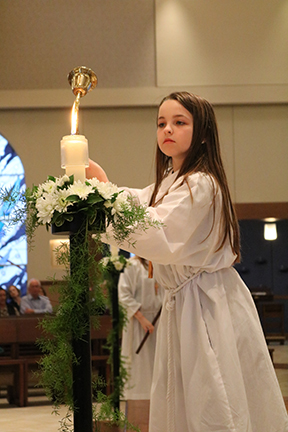
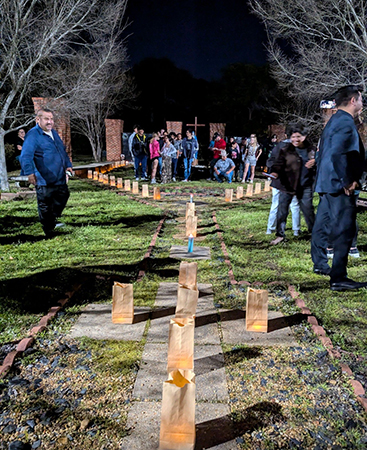
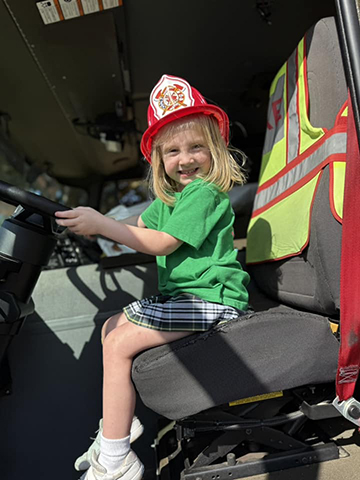
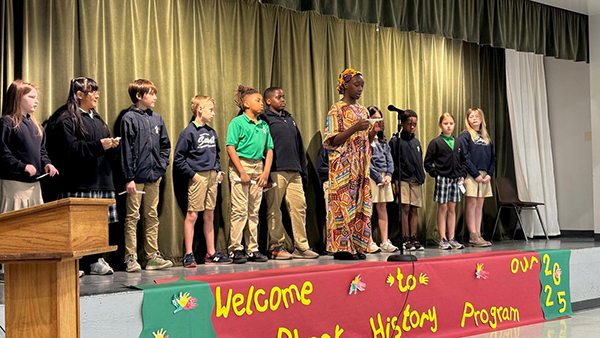
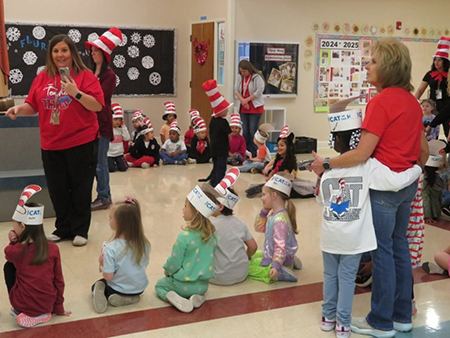











By Mary Woodward
JACKSON – Bishop Joseph Kopacz will be leading a Jubilee of Hope pilgrimage to Rome and environs from Oct. 25 through Nov. 3. The pilgrimage will visit the holy sites of Rome then venture off to the Abbey at Montecasino, down to Padre Pio’s home, then up to Assisi. See the ad with QR code to find more information on the trip. It will be an amazing time.
The year 2025 was proclaimed the Jubilee of Hope by Pope Francis maintaining the tradition of having a Jubilee Year in the church every 25 years. Pilgrims can travel to Rome and visit the Holy Doors of the four major basilicas of our church – St. John Lateran, St. Mary Major, St. Paul Outside the Walls and St. Peter.
Pilgrimages have been going on for millennia. They are designed to allow the traveler a chance to deepen her/his faith by walking in the footsteps of the Lord and his apostles. A jubilee is based on Leviticus 25 when a sabbatical year for farming was taken every seven years to let the soil regenerate then after the seventh sabbatical (50 years) a jubilee of forgiving all debts, freeing all captives and proclaiming sight to the blind would occur. The church eventually proclaimed jubilee years every 25 years so that more pilgrims could go on spiritual journeys.
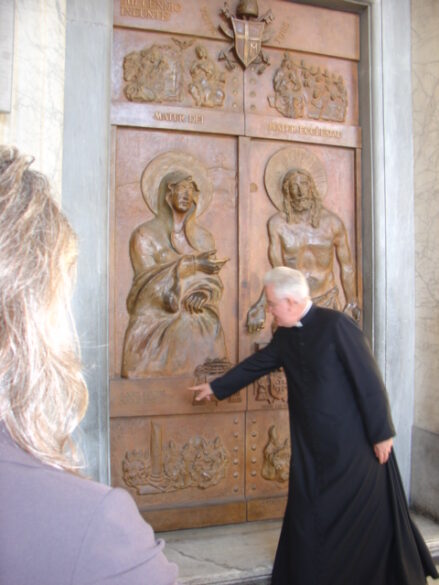
Back in 2000, the last Jubilee year which crossed from one millennium to the next, Bishop William Houck led a pilgrimage to Rome and Assisi. In between jubilees various holy years have been held such as the 500th anniversary of the Vatican Museum in 2006 and the Year of Mercy in 2016. Bishop Joseph Latino led a pilgrimage for the 2006 holy year.
Since not everyone is able to make a pilgrimage to Rome for the Jubilee, Bishop Kopacz has designated several Jubilee Churches in our diocese that were recommended to him by the deaneries. Those churches are the Cathedral of St. Peter the Apostle in Jackson, the Basilica of St. Mary in Natchez, St. Patrick in Meridian, Immaculate Heart of Mary in Greenwood, St. Joseph in Greenville, St. Elizabeth in Clarksdale, St. Joseph in Holly Springs, Immaculate Heart of Mary in Houston, St. Francis of Assisi in New Albany, and St. Mary in Iuka.
Visiting Rome or one of these churches offers the opportunity to gain a jubilee plenary indulgence. To obtain the indulgence one must visit one of the churches and participate in Mass or adoration while there, pray for the intentions of the Holy Father, and go to confession within eight days of the visit.
Throughout this year look for moments to be a beacon of hope for others. Hope is the theme for the year and our world needs us as Christians to reflect and embody a spirit of hope to counter all the anxiety and fear all around us. It is my hope that you will have a blessed jubilee filled with faith, hope, and love, and that you will journey deeper into the heart of God – source of all hope.
(Mary Woodward is Chancellor and Archivist for the Diocese of Jackson.)
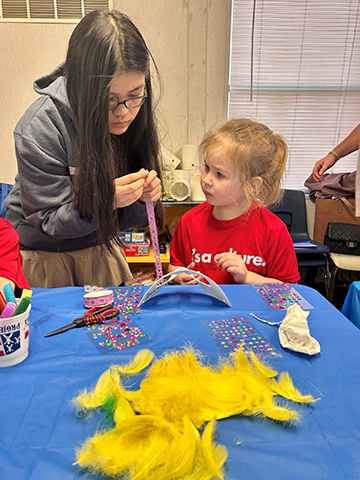
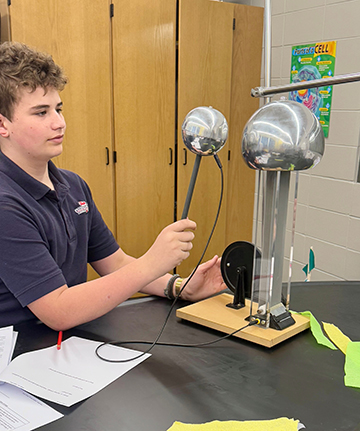
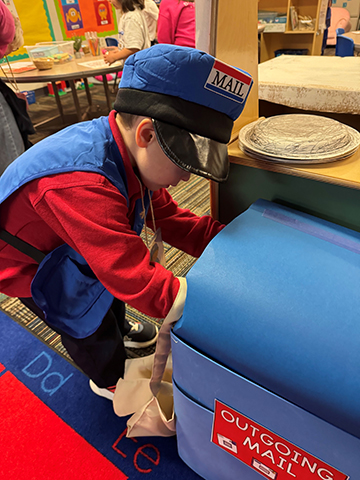
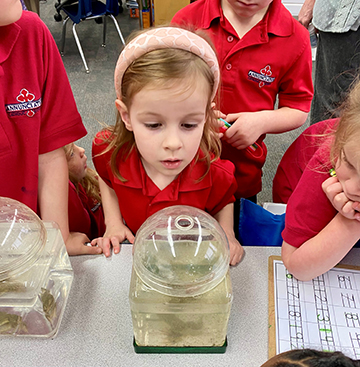
SOUTHAVEN
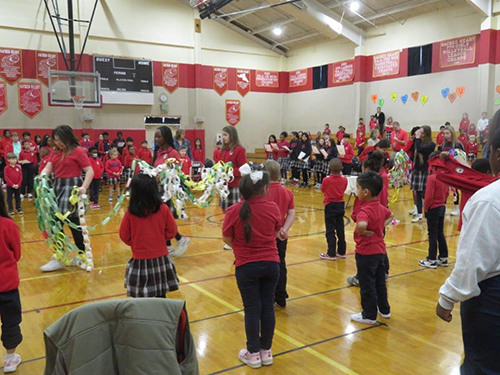
MACON

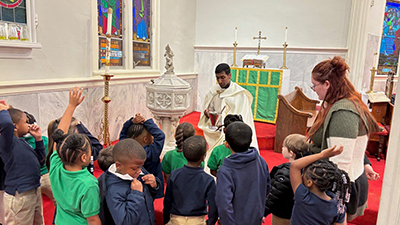
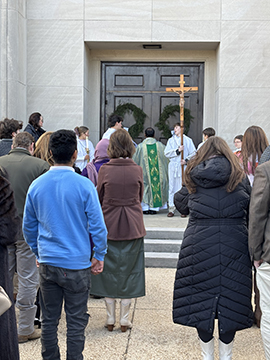
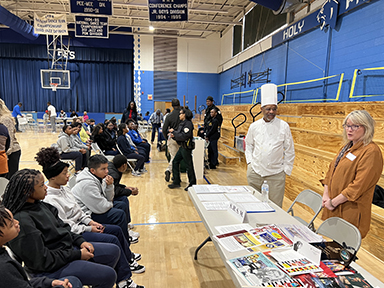
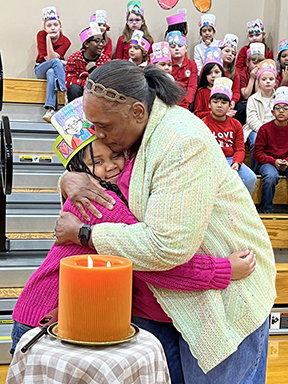
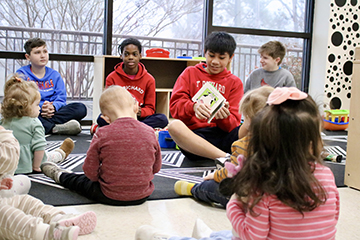
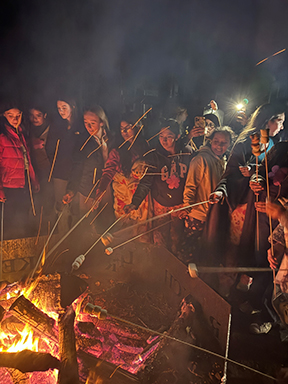
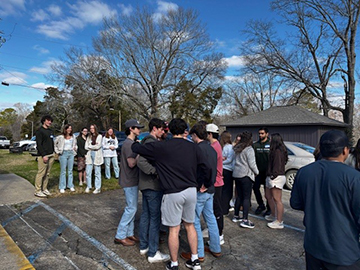
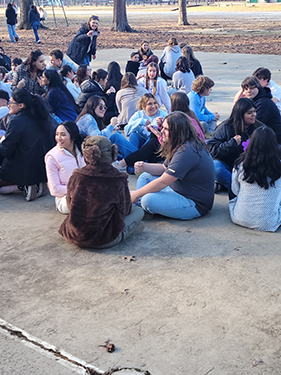
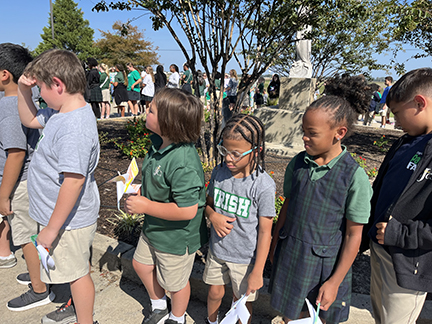
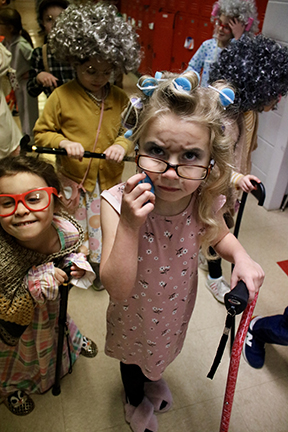
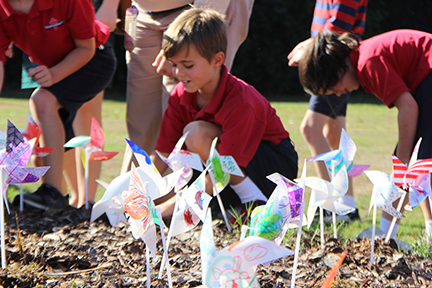
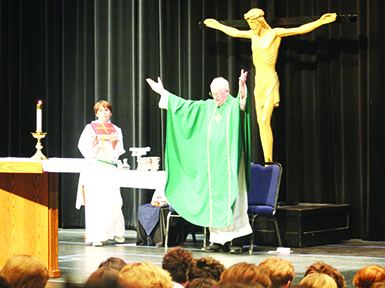
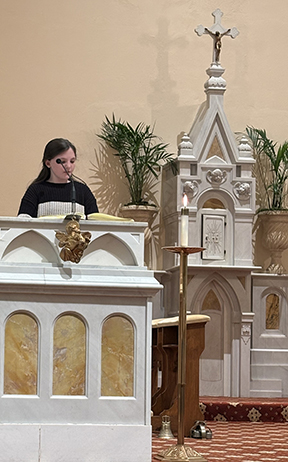
Youth Photos from Around the Diocese

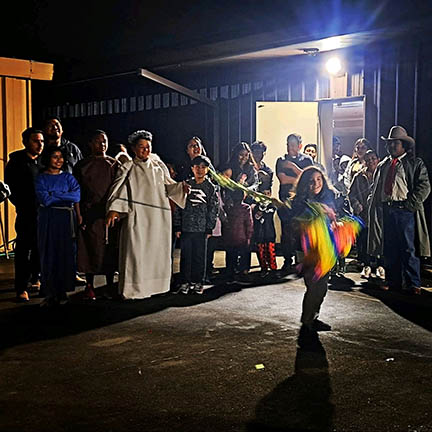
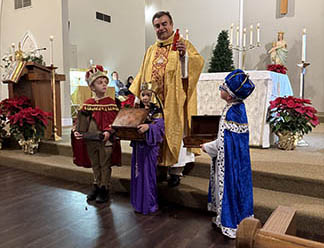
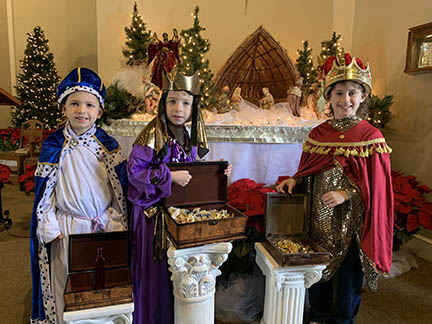
TUPELO – Elementary faith formation students at St. James parish dressed up as the Three Kings who brought gold, frankincense, and myrrh to Jesus. Pictured above are Patton Weatherford in red, Christian Orostico in purple and Thomas Weatherford in blue, with Father Octavio Escobar on Jan. 4. Pictured below are Jones Bridges, Peter Morton and Reagan Burnley on Jan. 5. (Photo by Rhonda R. Swita)
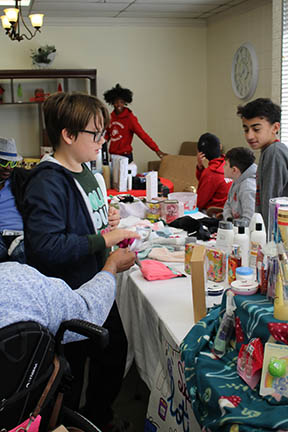
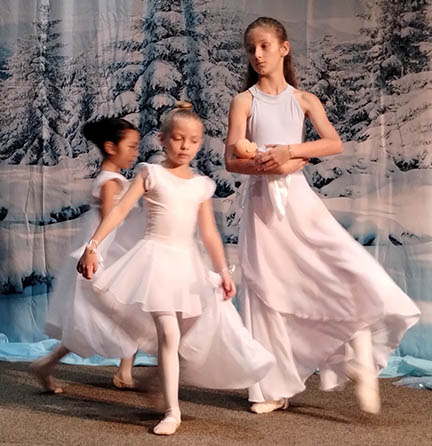
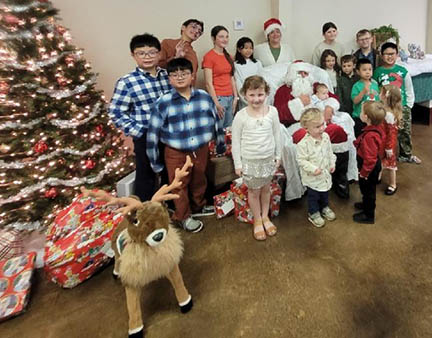
From the Archives
By Mary Woodward
One of the main liturgical events during Bishop Francis Janssens’ tenure (1881-1888) as Bishop of Natchez was the consecration of St. Mary Cathedral now St. Mary Basilica. The construction of St. Mary was begun under Bishop John Joseph Chanche, first bishop of the diocese, in February 1842. For more than 40 years, the building of the original cathedral was carried out. It had been blessed, but it had never been consecrated according to the solemn rites. Church custom at that time was a church would not be consecrated until it was debt free.
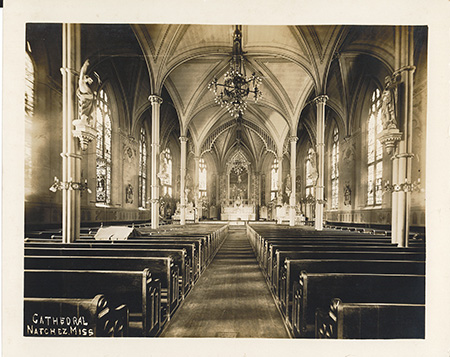
At times during these 40 years, construction stalled, bank foreclosure loomed, and cows roamed freely in it. Even under the long term of Bishop William Henry Elder, the church had a debt. It was under Bishop Janssens that the debt was paid and on Sept. 19, 1886, the cathedral was consecrated.
A friend and fellow history lover and I were talking the other day about the beauty of the English language during the 19th century, so I will let the melodic phrasing of Brother Celestin, a Sacred Heart Brother and teacher at Cathedral School in Natchez describe the events of the day:
“At an early hour Sunday, Sept. 19th, 1886, the Feast of the Seven Dolors of the Blessed Virgin Mary, the Rt. Rev. Bishop of the Diocese, Francis Janssens, assisted by many of the diocesan clergy, began the consecration of the Cathedral and its main altar.
“Within the altar-stone was placed a tin box enclosing the relics of the martyrs, Sts. Victor, Innocentus and Celestinius and a parchment thus inscribed in Latin: ‘In the year, 1886, the 19th of September, I, Francis Janssens, Bishop of Natchez, have consecrated the Church and this altar in honor of the Transfixed Heart of the ever blessed and immaculate Virgin Mary, and have enclosed the relics of Martyrs and have granted in the usual form of the Church, an indulgence of one year this day and on each anniversary of the consecration an indulgence of forty days to all the faithful of Christ visiting the Church’.
“At half past ten o’clock a procession was formed at the Episcopal residence, headed by Cross-bearer and Acolytes, and followed by all the children of the schools and asylums with their banners and oriflammes, all the priests who had assisted at the Synod, the Rt. Rev. Bishops O’Sullivan of Mobile, Becker, of Savannah, the Ordinary of the Diocese, the Most Rev. Archbishop of the Province, Mgr. Leray of New Orleans, and the venerable Archbishop Elder, of Cincinnati, formerly of Natchez, who was to officiate at the Pontifical Mass.
“The church was crowded with Catholics and non-Catholics, many of whom came from a distance, and the desire to witness the grand ceremonies was so great that fully 1,250 persons admitted by tickets filled the sitting and standing room of the spacious building.
“After the Gospel, the Rt. Rev. T. A. Becker, of Savannah, ascended the pulpit, and choosing his text from that part of the I Book of Kings, descriptive of the dedication of the Temple of Solomon, said that many distinguished prelates some from contiguous dioceses and some from afar had come to form with them a triple alliance to show veneration and regard for this august ceremony, to venerate and respect the sublime ceremonial of the church that they had just witnessed, which the more it is studied the more admired, and lastly to congratulate them on the perfection of the grand work done under their auspices and of those who rule over them in the Lord.
“The Catholic Church, he said, was One, Holy, Catholic and Apostolic. One in her essence and unity, Holy in her doctrines and truth, Apostolic because she can trace her descent and priesthood back to the unlearned men who received the divine commission, ‘Go, teach ye all nations.’ Had anyone lived four centuries or a thousand years ago he could have been nothing but a Catholic, for then there was no other religion. She is Catholic. She is not the Church of England, or France, or Germany or of the United States, but the Church of the living God and as such is reverenced by the greatest intellects of the age.
“In conclusion he hoped that the memory of this glorious day would ever be green, and that each recurring anniversary may bring down blessings from on high, and that each may say, ‘I believe in the One, Holy, Catholic, Apostolic Church.’
“In the afternoon, Most Rev. Archbishop Leray, of New Orleans, the last priest ordained in the Cathedral by Bishop Chanche, sang Pontifical Vespers. Before solemn Benediction, Archbishop Elder, in some feeling words, addressed the large congregation. He said ‘that he beheld a holy city decked like a bride going to meet her spouse.’ Such was this church to him.
“He spoke of the charity of many who had generously assisted in the works of zeal and benevolence. Let there be no limit to joy and to gratitude but let us not forget those that are gone; on such an occasion we remember the absent and the gaps made by death, but, said he, let us remember God loves our tears and that there is a place where all tears are wiped away. This consecration is an emblem of the Kingdom of Heaven. May all who are here present be gathered there at the end and may the dear departed not be wanting.
“With the evening Angelus Bell passed away the last ceremonies of the sacred Consecration leaving a church sanctified and holy and on the minds of the privileged beholders, a memory sweet enough to linger many a day.”
Tune in next time for more From the Archives.
(Mary Woodward is Chancellor and Archivist for the Diocese of Jackson.)